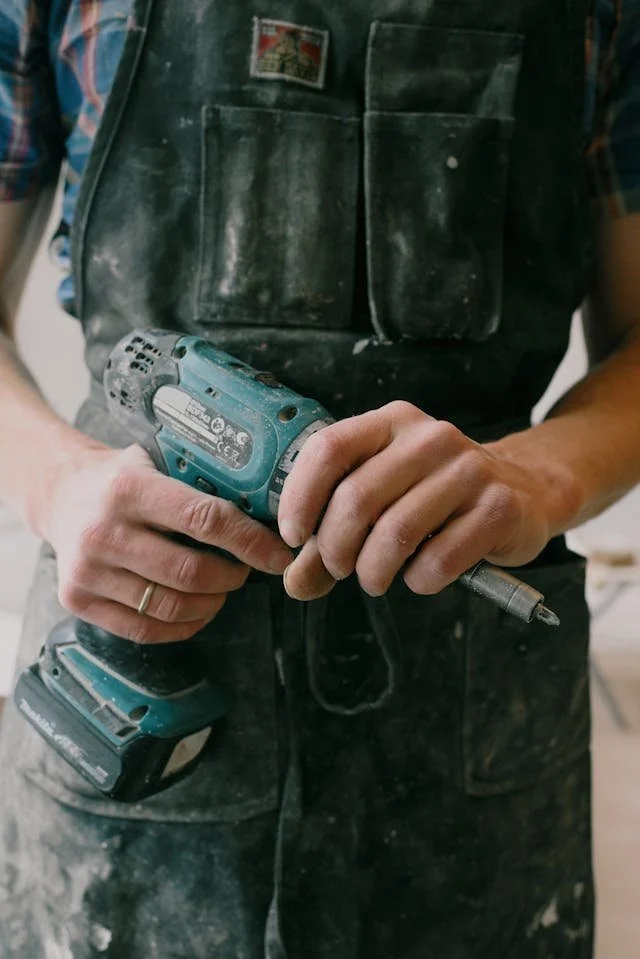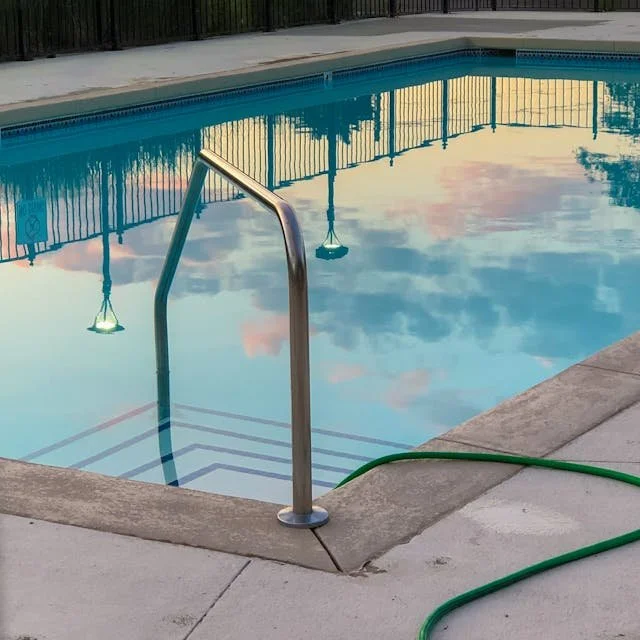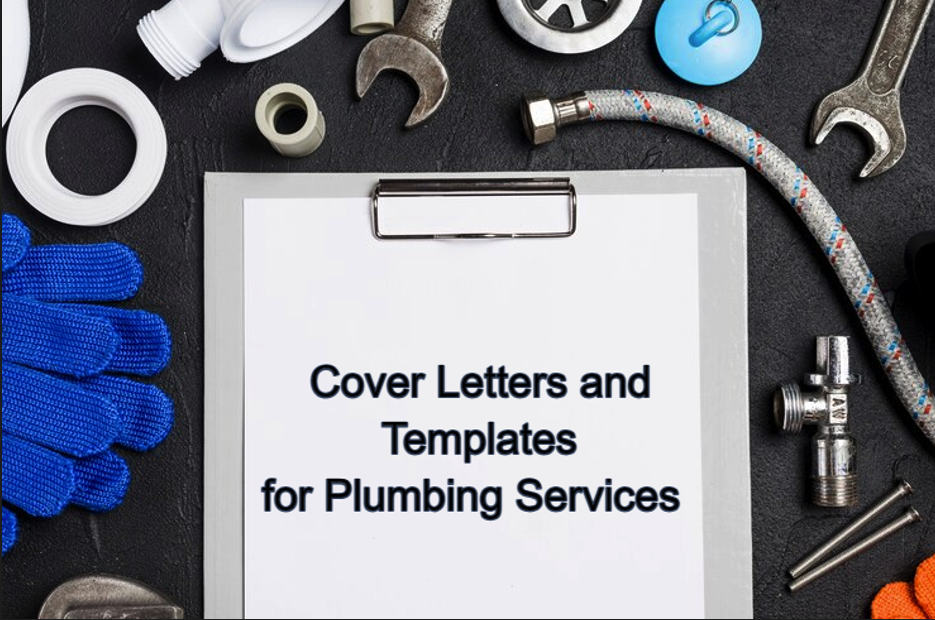Bringing Hygge into Your Home: The Cozy Decorating Trend
RH Business Marketing Solutions
Imagine coming home to a space that exudes warmth, comfort, and coziness. A place that embodies the essence of contentment and well-being. That's what the Danish concept of 'hygge' is all about. It's more than just a decorating trend; it's a lifestyle that aims to create a sense of happiness and tranquility in your everyday life.
In this article, we'll guide you on how to bring hygge into your home. You'll discover how simple changes in your decor can transform your living space into a cozy sanctuary. So, prepare to embrace the hygge lifestyle and immerse yourself in a world of coziness and contentment.
Bringing Hygge into Your Home: Why It Matters
Incorporating hygge into a home environment brings numerous benefits. Firstly, it cultivates a sense of well-being. By creating a space filled with warmth and comfort, it nurtures positive emotions that contribute to overall happiness. This harmonious space allows you to unwind, relax, and recover from the daily grind, acting as a personal sanctuary.
Secondly, by highlighting the simple pleasures in life, hygge encourages a lifestyle of gratitude and appreciation. For instance, savoring a home cooked meal, spending time with loved ones, or curling up with a good book can boost mood-enhancing hormones like serotonin and dopamine.
Thirdly, hygge promotes mindfulness. The time spent decorating, choosing hygge-friendly elements such as plush cushions, soft blankets, warm tones, and ambient lighting, also nurtures mindfulness—the practice of being fully present and engaged in the moment. You're not just decorating your space, you're actively building an environment to foster tranquility—a unique, personal space that's distinctly yours.
Hygge - A Solution for Stressful Modern Living
In the fast-paced world of today, stress and burnout are prevalent challenges. Thankfully, hygge offers an efficacious solution. Embracing hygge in your home can act as a buffer against external pressures, providing the perfect escape from stress.
By transforming your home into a hygge haven, you foster a stress-relieving environment. The soothing ambiance, characterized by the delicate dance of candlelight or the comforting scent of hot chocolate, can help to lower stress levels and promote relaxation.
Additionally, a hygge lifestyle encourages activities that combat stress, and you can read more on My Interior Palace on how hygge can achieve this. Think of evenings spent indulging in soul-warming comfort food, ensconced in oversized sweaters, surrounded by loved ones— the power of such simple pleasures is truly a remedy for today's stress-filled living.
Key Principles of Hygge for Decorating Your Home
Imbuing hygge's spirit into your home design involves more than merely changing your decor. Key principles guide the hygge decorating style, emphasizing simplicity, coziness, and mindfulness. Incorporating these principles can transform ordinary spaces into warm, welcoming havens reflecting the essence of hygge.
Principle 1: Simplicity
Adhering to the principle of simplicity lies at the heart of hygge decor. Scandi-style simplicity, characterized by minimalistic design and functional objects, can pave the way for hygge at home. Think stripped-back, uncluttered spaces, with each item serving a purpose. Opt for neutral color palettes, such as shades of white, beige, and gray. For furniture, choose clean lines and natural materials. For instance, a simple wooden coffee table or a chic armchair cocooned with a plush throw can invoke hygge. Meanwhile, add life to your space by incorporating elements of nature, like indoor plants or wicker baskets. So remember, in hygge decor, less is more.
Principle 2: Coziness
Coziness, another cornerstone principle of hygge, infuses a warm, comfortable vibe into your space. Ignite this essence by focusing on elements that stimulate feelings of comfort and warmth. Think soft textiles, plush cushions, cozy blankets, and warm lighting. An open fire or a collection of candles can create a hygge atmosphere, with the soft glow enhancing the overall cozy feel. In colder months, add warmth with sheepskin rugs or chunky knit blankets on your sofas. Alternatively, replace hard metal chairs with cushioned ones for added comfort. Textural layers, though subtle, can significantly contribute to the overall coziness factor in a hygge-inspired home.
Principle 3: Mindfulness
Hygge nourishes an appreciation for everyday moments, underscoring the principle of mindfulness. You can integrate mindfulness into your decor by curating spaces that encourage slow living and celebrating the present. Consider designating an area in your home dedicated to your favored calming activities, be it reading by a window nook, tea in a quiet kitchen corner, or sketching by your favorite view. Additionally, include elements that facilitate relaxation and meditation. For instance, scatter tactile items around your home, such as a soothing Himalayan salt lamp or a soft rug for your feet. Thus, your home becomes a place for relaxation and renewed energy.
Easy Steps to Incorporating Hygge into Your Home
With the basics of hygge decor understood, the next task involves implementing those principles. Below are some steps you can follow.
Choosing the Right Hygge Decor
The right hygge decor plays a pivotal role in creating a serene and cozy environment in your home. Begin by selecting neutral tones, natural elements, and uncluttered designs. Opt for solid wood furniture—further exemplified by a pine dining table or oak bookshelf. Soft textiles, such as cashmere blankets and knit cushions, add comfort and warmth to any room. You might also consider items that evoke feelings of relaxation and contentment, such as sweet-smelling candles, comfortable reading chairs, or even a beautiful piece of art that brings a smile to your face.
Creating a Hygge Corner in Your Space
Every home deserves a hygge corner—a small, cozy space designed specifically for relaxation, reading, or even a quiet cup of coffee. This spot, typically located in the living room or bedroom, is meant to help you unwind after a long day or enjoy simple pleasures. Pick a location with good natural light, add a cushioned chair or a plush rug, stack your favorite books nearby, or include comforting elements like a fireplace or an array of candles. This corner's essence lies not only in its physical attributes but also in its ability to act as a retreat from the busyness of everyday life, a place where you can slow down and appreciate the moment.
Role of Lighting and Colors in Hygge Decor
Lighting and colors are among the unsung heroes of hygge decor. Warm, soft lighting contributes to a cozy ambience, especially during the colder months. Consider incorporating dimmer switches or utilizing lamps with warm-toned bulbs over stark overhead lights. Candles are also an essential aspect, imbuing a room with warmth and soft flickering light—perfect for those long winter evenings.
Colors, too, hold significant power in setting the mood. Stick to a palette of soothing, earthy tones—soft whites, beiges, browns, and grays with hints of harmonious pops of color like muted blues or deep reds. These hues, inspired by nature, create a calming backdrop for your daily life, encapsulating the essence of hygge decor.
Note, though, these are merely guidelines. Hygge is a personal interpretation of comfort, warmth, and contentment. Your version of a hygge home might differ from another's—and that's perfectly fine, for hygge is not a one-size-fits-all concept. It's about creating an environment that fosters happiness, comfort, and mindfulness that truly speaks to you.
Common Mistakes to Avoid When Decorating for Hygge
Designing a hygge-themed corner often seems simple, but you might face pitfalls. Keep these key mistakes in mind to ensure your space exudes true hygge vibes.
Overcomplicating Hygge
The first common mistake relates to the overcomplication of hygge. Remember, hygge is fundamentally about simplicity, comfort, and tranquility. Avoid cluttering your space with unnecessary objects, even if they're marketed as 'hygge.' For instance, if you've got five cozy blankets, but they're causing a mess, it's not true hygge. The same applies to candles, cushions, and trinkets- if it's creating chaos rather than calm, you're likely overcomplicating it. Aim instead for a careful balance of cozy elements in your space, promoting a sense of comfort and peace.
Force Fitting Hygge Elements
Another fallacy lies in force-fitting hygge elements into your current design. Just because sheepskin rugs and wood-burning stoves scream hygge, it doesn't mean they'll work in every space. Forcing these elements into areas where they’re out of place defeats the purpose. Remember, hygge isn't just about the physical items; it’s about how these elements enhance your feelings of relaxation and contentment. So instead of trying to fit specific items, consider how the principles of hygge can merge with your existing decor. The ultimate goal is to create a space where you feel at home, comfortable, and at peace.
Balance is the Key
Embracing hygge in your home isn't just about adding a few cozy elements. It's about creating a space that nurtures and comforts you. It's about simplicity and mindfulness, avoiding clutter, and making your space a true reflection of what makes you feel relaxed and content. Remember, the key is balance. Don't overdo it or force-fit elements that don't resonate with you. Your home should be your sanctuary, a place where you feel completely at ease. So, get started on your hygge journey today. You'll soon see the benefits in your well-being and peace of mind. Your cozy, hygge-inspired home awaits!














